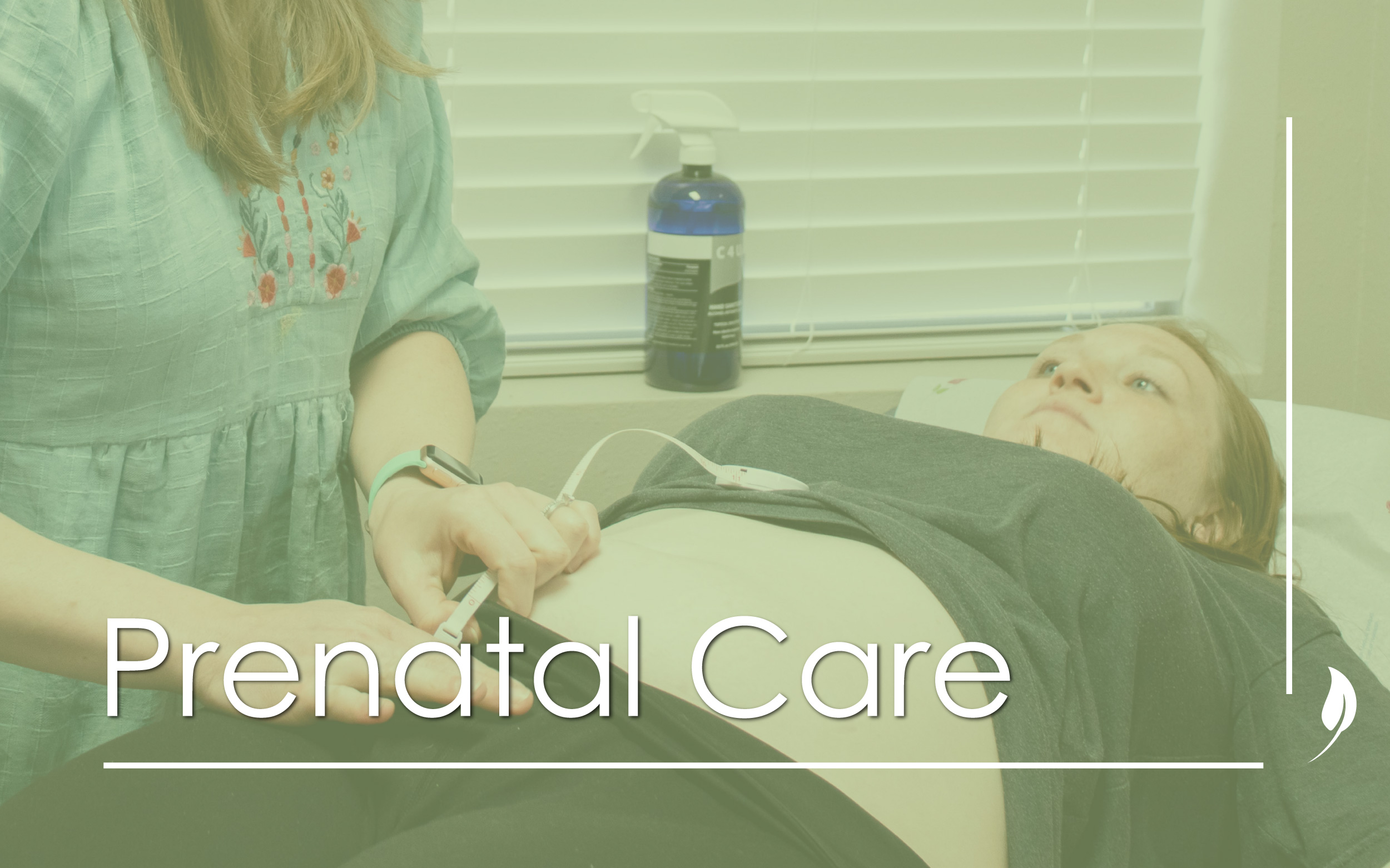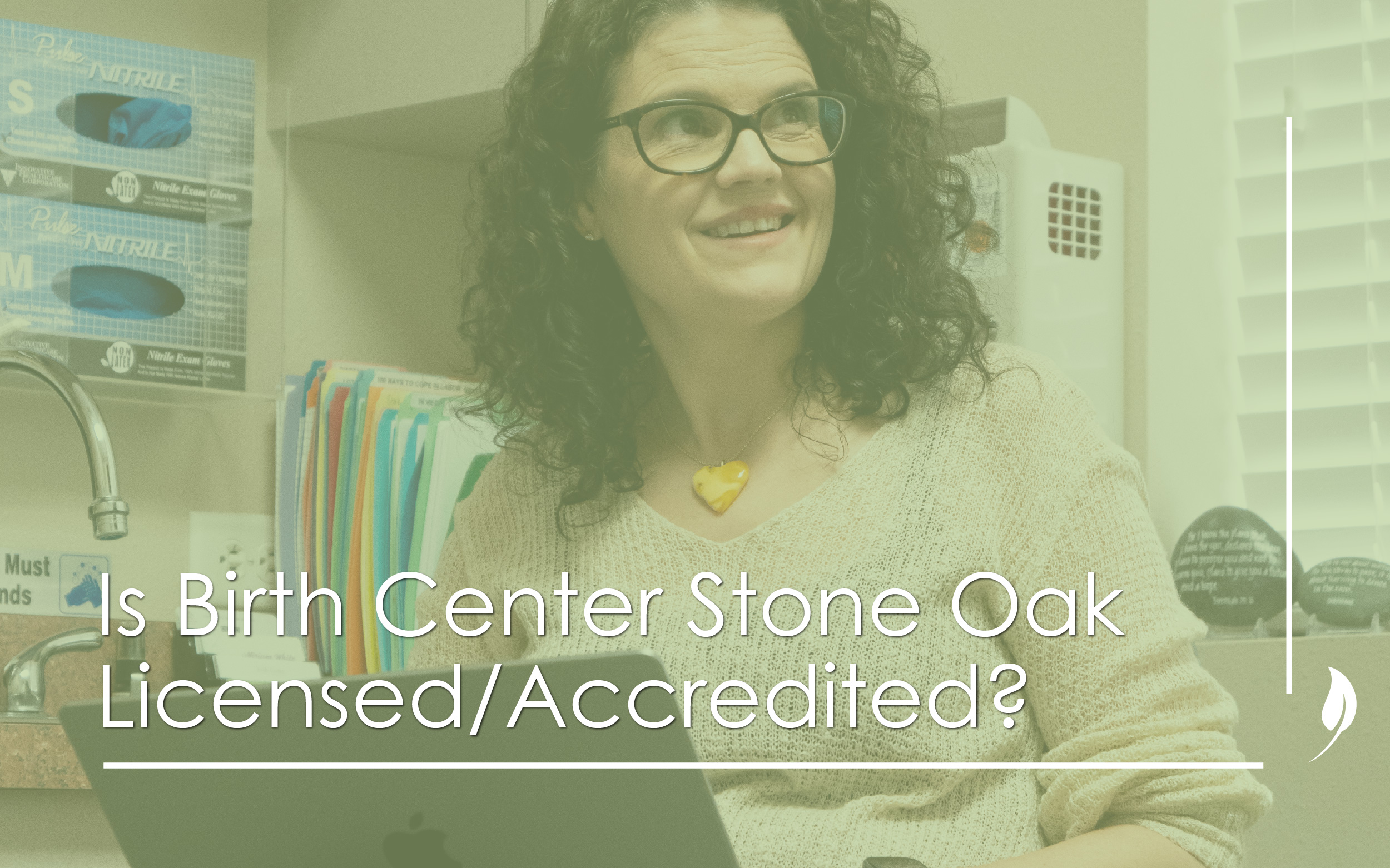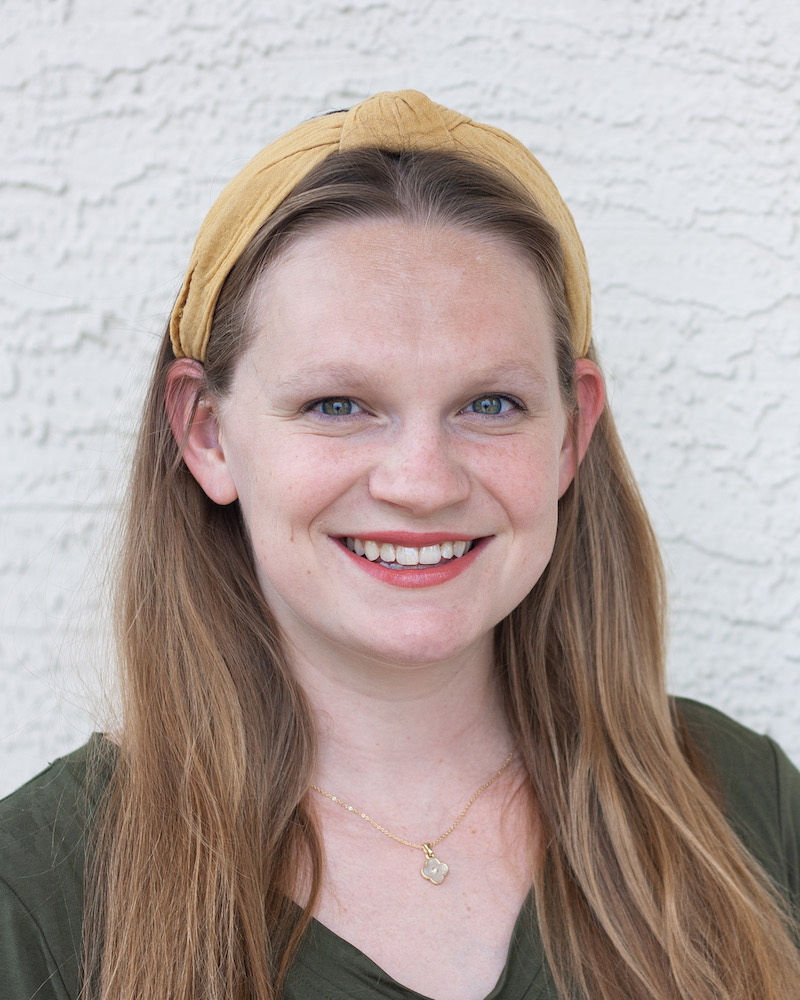Breastfeeding 101
There is a lot to learn about when it comes to breastfeeding. We know it can be overwhelming to try to find all the info you need for yourself, so we’ve compiled the basics to help you best prepare for what is to come and to have a successful breastfeeding experience!
How much milk does my baby need?
It doesn’t take much for your baby to feel full. In the first few weeks it will be more about the frequency of breastfeeding rather than the quantity of milk. If you are worried that you aren’t producing enough milk for your baby, remember that as you feed your baby, your body does adjust to meet the demand.
The best signs for if your baby is getting enough milk are:
- Your baby is satisfied and content after feedings.
- Your breasts may feel softer after feedings.
- You are feeding them 8-12 times in a 24-hour period.
- Your baby is gaining weight.
What are the three phases of breast milk?
If you didn’t know, there are three phases to your breast milk and each phase is a vital part to the nourishment of your baby.
The three phases are:
- Phase 1: Colostrum – This is the first milk your breasts make while you are pregnant and just after birth. It is a dark yellow color and is filled with nutrients and antibodies to help protect your baby from infections.
- Phase 2: Transitional Milk – During this phase your breasts become fuller and warmer and the milk color starts to change to a blue/white color. Transitional milk starts to occur 3 to 6 days after birth and is high in protein.
- Phase 3: Mature Milk – Your breast milk starts to become fully mature around 1 month. Like the other two phases, your milk contains all kinds of nutrients to help your baby grow and develop. The most fascinating part is that your milk is composed of exactly what your baby needs at that time. Each mother’s milk is different and is calibrated to her baby’s requirements.
What are common challenges?
Common breastfeeding challenges include:
- Sore nipples
- Low milk supply
- Engorgement
- Plugged duct
- Fungal infection
- Nursing strike
- Breast and nipple size and shape
- Exhaustion
What are the benefits of breastfeeding?
A few of the benefits that come with breastfeeding are health benefits, cost, and convenience. Breastfeeding has health benefits for both the mom and baby. Research suggests that breastfeeding lowers your baby’s risk of certain infections and diseases, such as ear infections, asthma, and type 2 diabetes. As for moms, breastfeeding can help you recover more quickly from childbirth as well as reduce your risk of certain breast and ovarian cancer and type 2 diabetes.
Birth Center Stone Oak offers lactation classes, taught by an (International Board of Certified Lactation Consultant (IBCLC). If you are wanting a more in depth look into breastfeeding, our classes have been shown to:
- Identify benefits of breastfeeding to both mother and baby
- Give guidance on breastfeeding tips and techniques
- Offer solutions for breastfeeding problems
- Help with information on pumping
- Improve breastfeeding outcomes
For information, registration or class prices call us at 210-481-7549.















